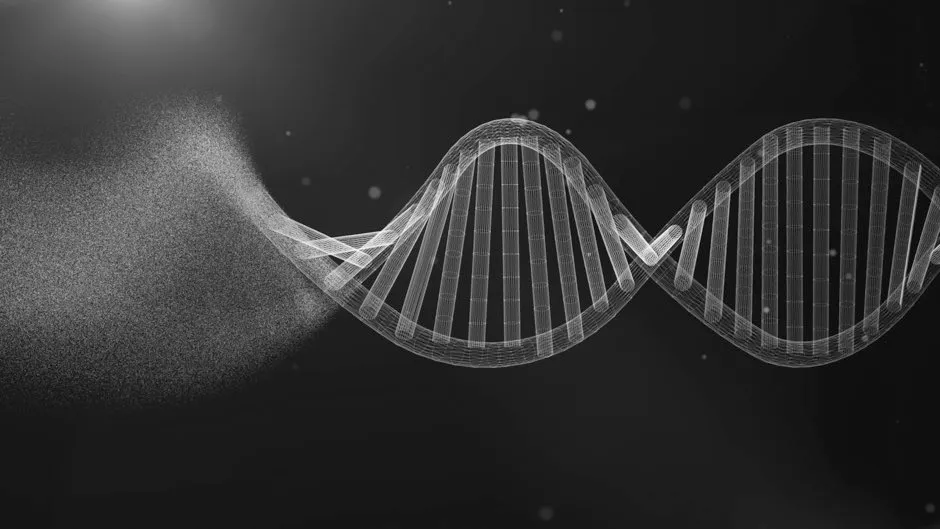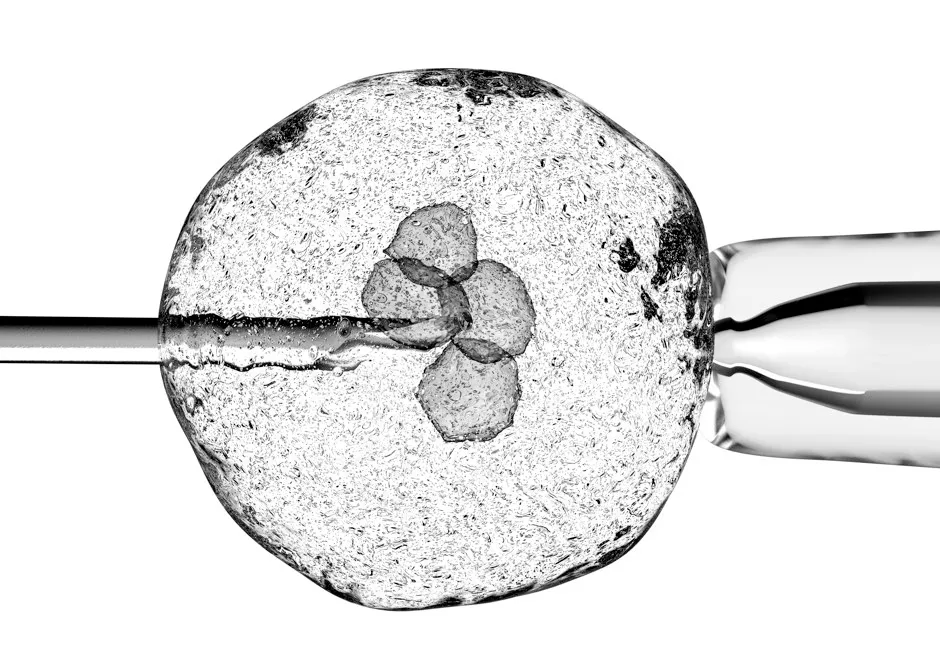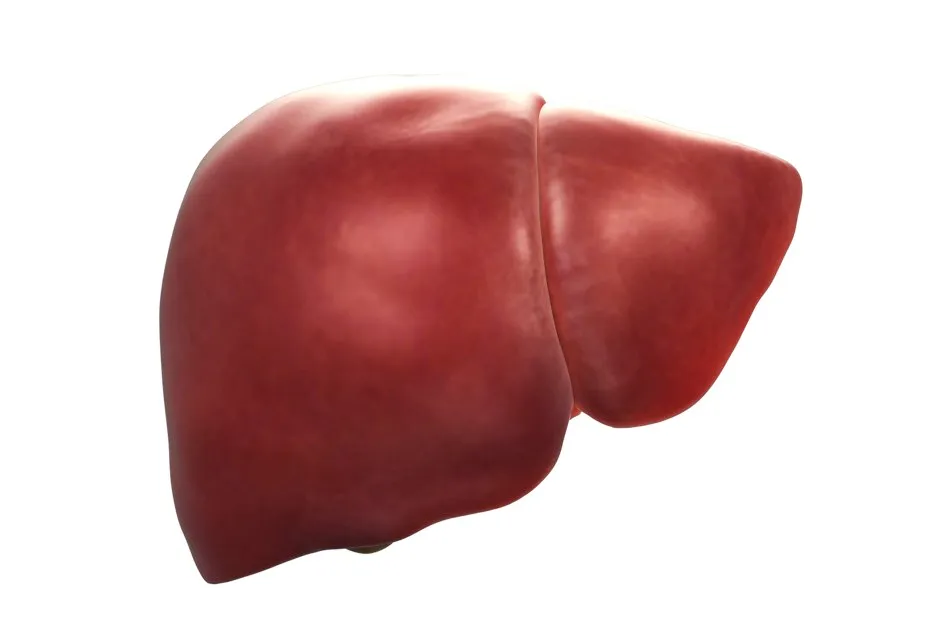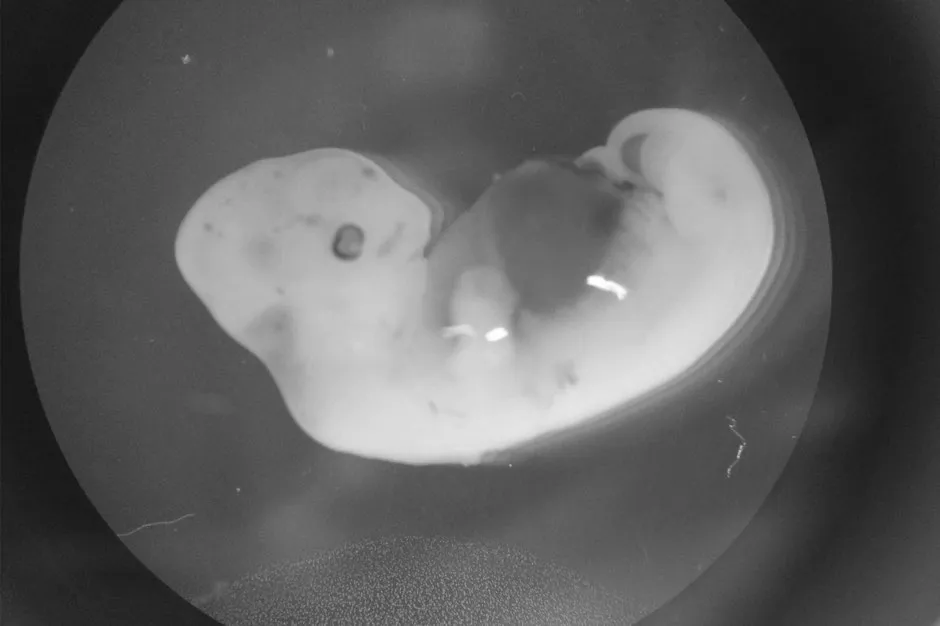What are the human-animal hybrid experiments?
Human-animal hybrids, also known as ‘chimeras’, are creatures with a mixture of human and animal cells. They are created by injecting human stem cells into the embryo of another animal. So far, no human-animal hybrid embryos have been brought to term (‘term’ means full gestational period).
But now, biologist Dr Hiromitsu Nakauchi at the University of Tokyo plans to bring mouse-human and rat-human hybrids to term following a change in Japanese regulation in March 2019. Pending approval of the Japanese government, the embryos no longer have to be destroyed after 14 days of development. Nakauchi’s hybrids will be brought nearly to term in surrogate animals, with mouse embryos developing for 14.5 days and rats for 15.5; full-term is around 19 to 21 days for mice, and 21 to 26 days for rats.
Read more about gene editing:
- Monkeys with human brain genes: has it crossed an ethical line?
- Is gene editing inspiring or terrifying? – Nessa Carey
Similarly, the Spanish newspaper El País reported in July that a team from the Salk Institute in California had created human-monkey hybrid embryos. The team, led by Prof Juan Carlos Izpisúa Belmonte, carried out the experiments in China, most likely since the National Institute of Health in the USA has placed a moratorium on funding human-animal hybrid research. The research hasn’t yet been published, so there are few details about the work, but the embryos were most likely terminated within 14 days.
What is the goal of the experiments, and why create hybrids in the first place?
Last year, more than 400 people in the UK died waiting for an organ transplant, and over 6,000 are still waiting. Rather than relying on donated organs, there are several projects working on manufacturing replacements, from 3D-printed hearts made of collagen to bionic pancreases.
Human-animal hybrid experiments are working towards the same goal: using animals to grow tailored organs ready for transplant, with a low risk of rejection. Nakauchi plans to grow a pancreas made of human cells. In previous experiments, his team successfully created a rat with a pancreas made of mouse cells. The pancreas was later transplanted into a mouse engineered to have diabetes, and the mouse was effectively cured.
Any organs that could be used for transplantation in humans would have to be grown in a larger animal, such as a pig or sheep, so that the organ would be big enough for the patient to use. Additionally, the chimeras tend to be more successful if the two species are closely related.
How are the transplant organs created?
- Edit the DNA of an animal embryo to remove the gene for one organ.

© Getty Images - Human induced pluripotent stem (iPS) cells are injected from the organ recipient into the embryo. These iPS cells can develop into almost any other cell.

© Getty Images - The iPS cells fill the gap left by the embryo’s genes and build a human organ with the recipient’s genes.

© Getty Images - The embryo is placed in a surrogate animal and brought to term, and an animal with one human organ is born.

© Salk Institute
Have human hybrids been created before?
Izpisúa Belmonte’s team reported the first successful human-animal chimera in 2017, when they created pig-human hybrid embryos. The researchers modified the human stem cells to fluoresce so that any human cells in the embryo glowed. After developing for three to four weeks, only around 1 in 100,000 cells was human: far too low to be useful, and not localised in any particular organ.
What are the ethical concerns?
Chimeras are often met with the criticism that they are ‘unnatural’ creatures. But is that a valid reason to stop the research? “People think, ‘Oh, we shouldn’t be playing God, we shouldn’t be creating these things that are unnatural,’” explains Dr Mackenzie Graham, a research fellow in neuroethics at the Oxford Uehiro Centre for Practical Ethics. However, he believes this concern is misdirected. “To me, the more serious ethical concern is: if we are creating creatures that have a higher moral status because of, say, higher cognitive capacity, they might be entitled to treatment that we’re not giving them in a research context.”
Moral status is the concept that determines how far a creature’s interests should be taken into account. “Basically, how it seems to work is we all agree that adult humans have moral status, so I can’t harm you or kill you, and the reason for that is that your interests count,” explains Graham. “A tree doesn’t have moral status, so it’s okay that I chop it down, even though that’s not strictly speaking in its interests because it will kill it.”
The important question is what gives something higher moral status. “Most philosophers tend to think that what gives us moral status is sophisticated cognitive capacity,” Graham says. “Others have a more inclusive view of moral status, and say things like ‘Well, if an animal can suffer and feel pain and be harmed, that should count for something.’” In essence, the greater the capacity for suffering something has, the better it deserves to be treated.

So, when creating human-animal hybrids, researchers need to know whether their capacity to suffer has changed. “What if we inject these chimeras with stem cells and, because these stem cells can turn into any other type of cell, what if they make their way up into the brain and make changes to the brain which could result in cognitive improvements to the animal?” Graham suggests. “Now, you have a mouse that is much smarter than a normal mouse. What if this mouse was self-conscious in the way that a human is?”
Read more fromReality Check:
Izpisúa Belmonte’s team have placed safeguards against human stem cells affecting the hybrid’s mental capacity. Estrella Núñez, a collaborator on the project, said that the cells had been modified so that if human cells migrate to the brain, they will self-destruct.
That said, even if the hybrid’s moral status is raised, it’s important to know by how much. “It still seems to me quite unlikely that even mixing human cells with a pig is going to push them up to a level of moral status that would be concerning,” says Graham. He believes that using the organs for transplant can be justified since a human’s moral status is much higher. “If human lives are at stake, hybrids would need to have basically the same moral status as us in order for it to be unethical to use them for organs, and this seems highly unlikely.”
How likely is it to be successful?
Chimeras are most likely to survive if the two species are closely related; the mouse-rat hybrids created by Nakauchi’s team survived into adulthood. However, Alejandro De Los Angeles, who carries out similar research at Yale University, believes that humans and monkeys may not be closely related enough. “The evolutionary distance between humans and monkeys spans 30-40 million years, so it is unclear if this is even possible,” he told The Guardian. “This difference is greater than 10 million years between mice and rats, and even the efficiency of making mouse-rat chimeras is already quite low.”
Visit the BBC's Reality Check website at bit.ly/reality_check_ or follow them on Twitter@BBCRealityCheck
Follow Science Focus onTwitter,Facebook, Instagramand Flipboard
